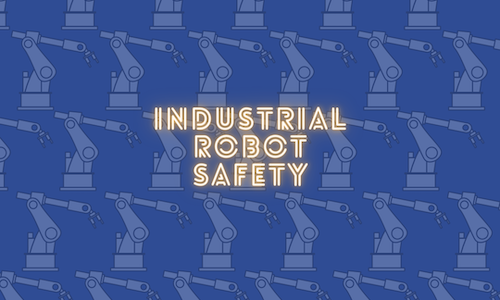We generally assume that automation is a good thing from the point of view of safety. Robots take on dirty, dull, and dangerous tasks, protecting g humans from caustic chemicals, uncomfortable spaces, and repetitive motion injuries. But there is currently some uncertainty about whether robots can actually endanger people in some new ways that haven’t been considered before.
Freak accidents, dangerous motions, and overriding safety protocols can lead to human danger just because robots are big, unyielding machines. But what about these new threats?
The need for speed
Robots can work faster than humans –sometimes 500 times faster. Just having a higher level of automation on a line can result in increased speed. Speeding the line up enough for the robots can mean it’s too fast for the humans. This is one reason that an increase in robots can often lead to an increase in injuries.
Amazon has taken a lot of heat recently for their oversight of human workers, making sure that every associate is on task at all times. But this is not a new idea with Amazon.
The majority of employers nowadays track their workers’ productivity with software. This is the norm in many industries. In manufacturing, where it is common to have very specific time-sensitive job requirements, it can lead to production quotas that are high enough to cause injuries. Think of Lucy and Ethel in the chocolate factory, but imagine working with something more dangerous than bonbons.
Warehouse workers have more injuries than construction workers or workers in mining and manufacturing. One reason is the twisting and lifting required, and robots can help with that. But having to keep up with automated levels of speed can reverse the ergonomic benefits of automation in warehouses.
AI
Artificial intelligence can also pose threats not previously considered. Meta’s Cicero, for example, at one point during its training decided to use machine language instead of human language to communicate with other auomated players. While this presented no dangers, it is an example of a case in which AI may make independent decisions.
Can danger be far behind?
An AI-enabled factory robot could decide to prevent human workers from using safety devices, or make its own decisions about health and safety protocols. Researchers have recently worked with robots to increase their ability to manipulate human behavior. It turns out that people get fond of robots and trust them beyond rational decision-making.
Ai also shows bias. Combine these two facts and you could end up with a robot that decides not to allow pregnant women to sit down while working under the guise of identifying inefficiencies in workflow — a common use of AI.
It’s hard to predict where this kind of danger could lead us, but not hard to predict the possibility.
When you need Indramat support, call on us. We are specialists, and we can get your facility back up and running fast with factory repair or reman.
